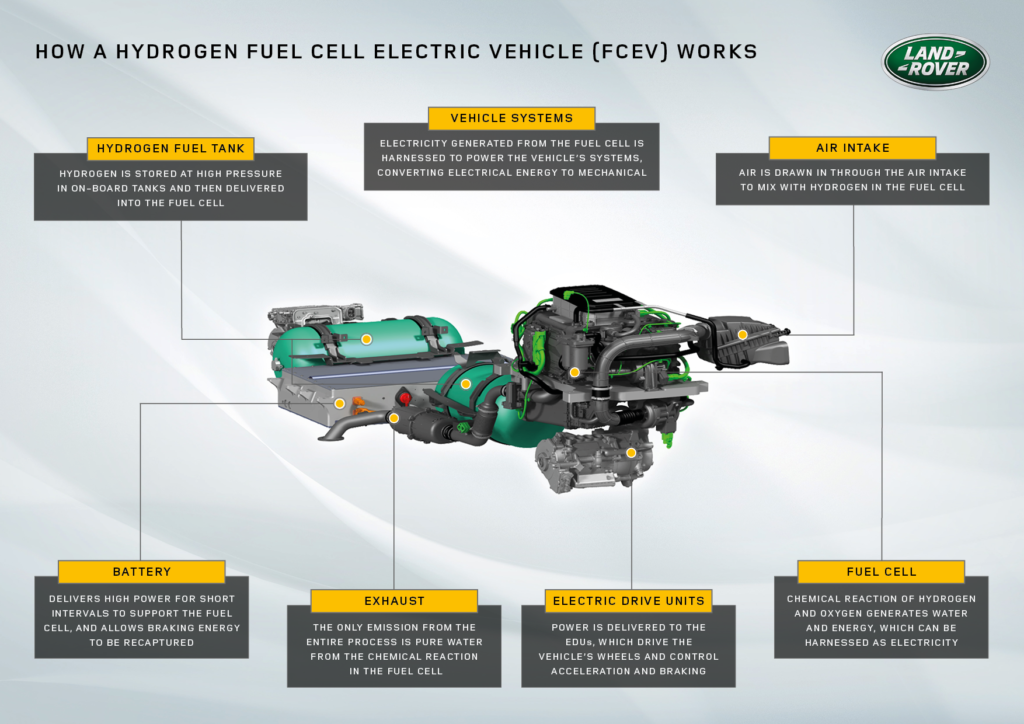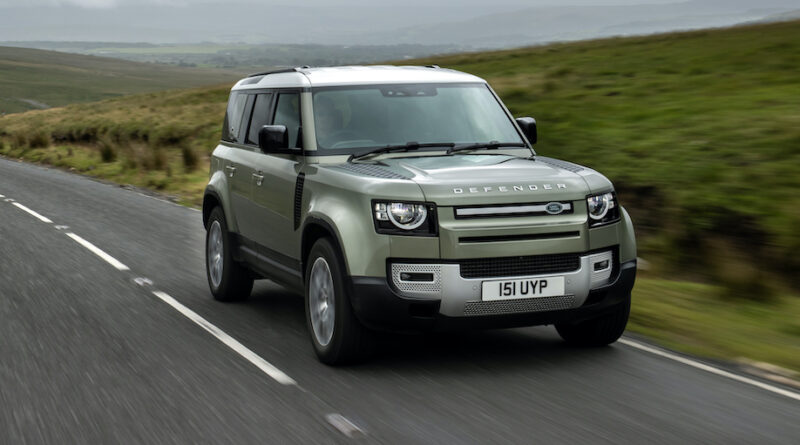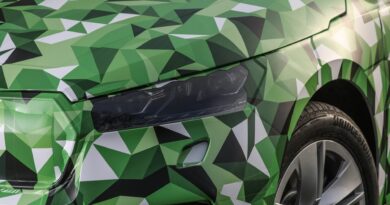Land Rover announces fuel cell electric Defender
A hydrogen fuel cell electric version of the latest Land Rover Defender 4×4 is under development and will begin testing in the UK this year.
The move is a logical one as fuel cells (or FCEVs) are widely thought to be a better solution for electrified heavy duty 4x4s than battery packs.
Toyota is understood to be headed in the same direction with its recently revealed 300 Series LandCruiser.
READ MORE: Hydrogen FCEV “suitable technology” for Toyota LandCruiser
READ MORE: Nissan Patrol to shun hydrogen to focus on e-Power hybrid
The Defender was launched globally to a positive reception in 2020. It is sold in Australia in two wheelbases, with three and five-door bodies and a mostly diesel engine line-up.
Hydrogen fuel cells are more weight efficient than battery packs – which makes them more suitable the heavier a vehicle gets.
Fuel cells are also less affected by range loss in extreme weather and provide rapid refuelling capability. The great challenge, especially in Australia, is the almost entire absence of a refuelling infrastructure. The only two public refuelling stations are in Canberra and at a Toyota facility in Melbourne.

Dubbed Project Zaus, the Defender Fuel Cell Electric Vehicle (FCEV) concept is part of Jaguar Land Rover’s aim to achieve zero tailpipe emissions by 2036, and net zero carbon emissions across its supply chain, products and operations by 2039.
Part funded by the British government-backed Advanced Propulsion Centre, it will allow engineers to understand how a hydrogen powertrain can be optimised to deliver the performance and capability expected by its customers: from range to refuelling, and towing to off-road ability.
JLR has teamed up with research and development partners, including Delta Motorsport, AVL, Marelli Automotive Systems and the UK Battery Industrialisation Centre to research, develop and create the prototype FCEV.

“We know hydrogen has a role to play in the future powertrain mix across the whole transport industry, and alongside battery electric vehicles, it offers another zero tailpipe emission solution for the specific capabilities and requirements of Jaguar Land Rover’s world class line-up of vehicles,” said Ralph Clague, Head of Hydrogen and Fuel Cells for Jaguar Land Rover.
“The work done alongside our partners in Project Zeus will help us on our journey to become a net zero carbon business by 2039, as we prepare for the next generation of zero tailpipe emissions vehicles.”
Since 2018, the global number of FCEVs on the road has nearly doubled while hydrogen refuelling stations have increased by more than 20 per cent according to the International Energy Agency.
By 2030, forecasts predict hydrogen-powered FCEV deployment could top 10 million with 10,000 refuelling stations worldwide.




